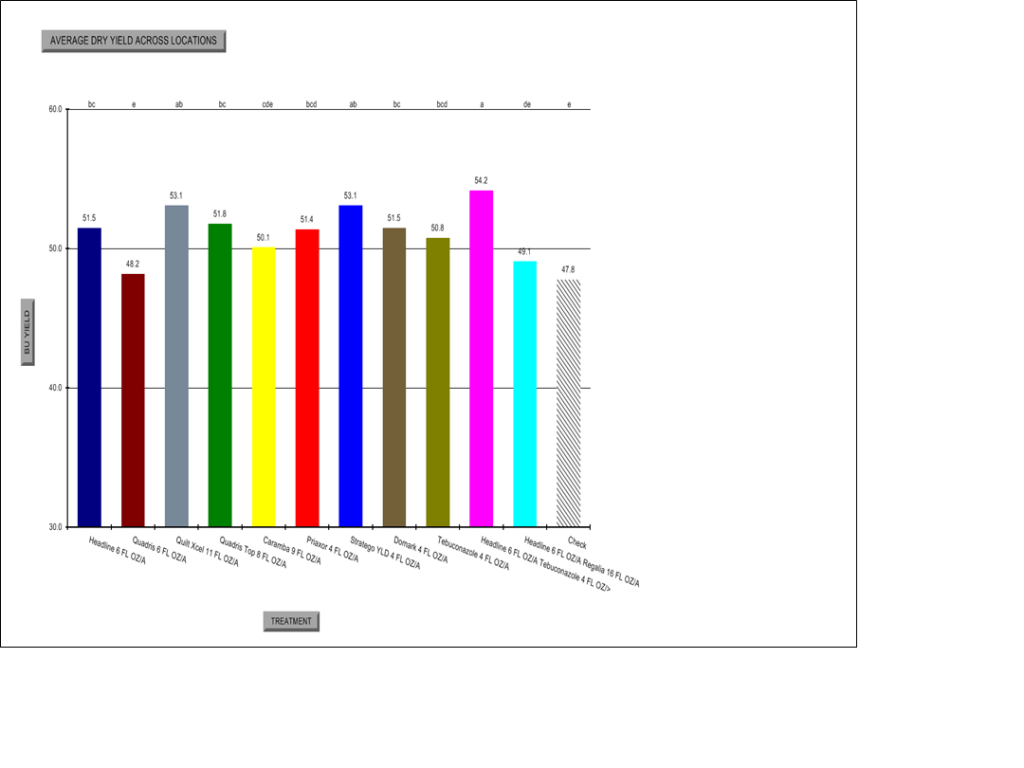Do fungicides pay for themselves in North Carolina soybean production? The soybean board asked a consortium of private agronomists to explore this question. The group includes Tidewater Agronomics, Fowler Crop Consulting, McLawhorn Crop Services, Protech Advisory Services, and IMPACT Agronomics. The research was funded by the soybean board and conducted on private research farms across eastern North Carolina.
Growers are concerned with understanding the value of receiving plant health benefits from certain products, including triazole based products and combinations of available chemistries, and with utilizing new chemistries to increase yield, protect yield, and control diseases including strobilurin-tolerant frog eye leaf spot.
Trial Summary:
Current fungicide treatments recommended in 2014 were compared at five locations in eastern North Carolina. Each trial was conducted as a randomized complete block design, with data collected on disease incidence, green stem at harvest, and final yield. Pioneer 95Y40 was planted at all locations representing a full season production program. The initial Belvidere planting was lost to deer damage, and placed in an even stand of DG37RY47 soybeans with similar planting date. The Belvidere, Pantego, and Garysburg locations experienced an infestation of frog eye. The Ayden and Lumber Bridge locations experienced a low infestation of frog eye, with a moderate level of Cercospera at Ayden. All treatments at each location were applied at R3.
The combined data at all five locations provides an excellent view of fungicide value in the 2014 crop. Green stem levels did not cause problems at harvest. Statistics were run using Agricultural Research Manager, and economic analysis is applied to the final yield to indicate cost and income per acre.
Three treatments, Headline plus tebuconazole, Quilt Excel, and Stratego YLD show the highest statistical yield gains above the check. One treatment, Quadris Top, shows a higher statistical level of green stem as compared to all treatments.

The chart above shows the average yield (bushels per acre) versus the check.
The following chart shows total earnings after treatment costs (dollars per acre) assuming $10 / bu soybeans and an application cost of $8 / a.







